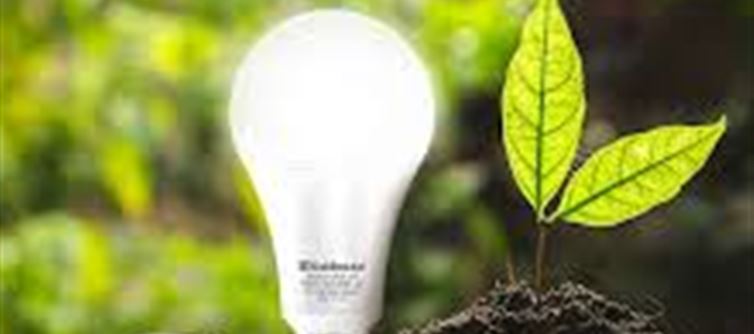
.jpg)
Rising electricity bills are a growing concern for households nationwide. Despite efforts to cut back, many families face hefty monthly charges. However, adopting smart energy-saving practices can significantly reduce consumption and keep bills manageable. The Department of New & Renewable Energy offers practical measures that are easy to implement at home, promoting efficient energy use for a sustainable lifestyle.
1. Install Automatic Devices for Energy Control
A common cause of high electricity bills is forgetting to switch off lights and appliances. To combat this, consider installing automatic devices like infrared sensors, motion sensors, automatic timers, and dimmers. These allow lights and fans to operate only when needed, preventing wastage and lowering your monthly energy costs without constant monitoring.
2. Switch to CFLs and Fluorescent Tube Lights
Traditional incandescent bulbs waste energy by converting 90% of electricity into heat. Compact Fluorescent Lamps (CFLs) and fluorescent tubes are far more efficient, using 70% less electricity. For example, a 20-watt CFL can save households up to ₹700 annually, while providing the same brightness as a 60-watt incandescent bulb.
3. Optimize Refrigerator Usage
Refrigerators are major energy consumers, operating 24/7. To enhance their efficiency, place them in well-ventilated areas, avoid frequent door openings, and regularly clean the condenser coils. Proper maintenance ensures consistent cooling and minimizes power consumption.
Conclusion
With energy costs on the rise, adopting efficient electricity usage is essential. By implementing these government-recommended tips, households can lower their bills, reduce reliance on non-renewable resources, and contribute to environmental sustainability. Every small step, such as switching to CFLs or optimizing refrigerator use, can lead to significant savings and promote a greener lifestyle.
Disclaimer: This content has been sourced and edited from Indiaherald. While we have made adjustments for clarity and presentation, the unique content material belongs to its respective authors and internet site. We do not claim possession of the content material.




 click and follow Indiaherald WhatsApp channel
click and follow Indiaherald WhatsApp channel